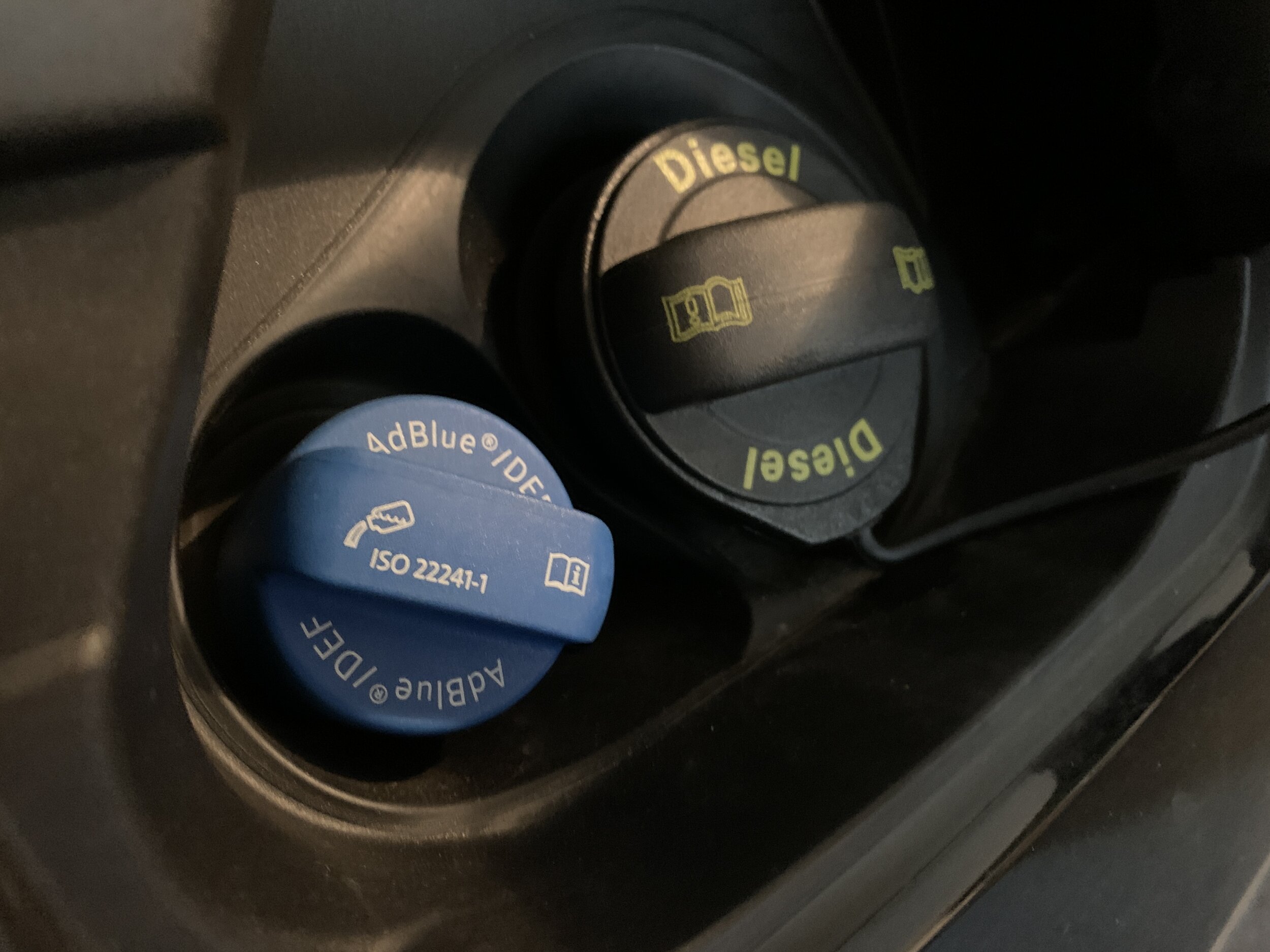Covid-19: How to alleviate DPF concerns
/The coronavirus lockdown is forcing people to drive their cars less. Will this cause a problem for some diesel vehicles?
TAKING a sensible approach will likely be enough to keep diesel vehicles being troubled by the limitations of the Covid-19 lockdown.
That’s the opinion of experts whose opinion has been sought in respect to overseas’ reports raising concern about how some models’ exhaust limiting technology might perform when motorists can only drive infrequently, and for short distances.
Their thoughts are in respect to particulate filters, which are installed into the exhaust system and designed to capture diesel particulate matter or soot to keep these from entering the environment, where they can be potentially harmful.
The technology has been common for 20 years and since 2009, and the introduction of the Euro 5 emissions standard, has been fitted to all new cars with diesel engines.
Though now being superseded by a more efficient system that involves injecting liquid urea – commercially called AdBlue – the setup remains common on many utilities and sports utilities sold in NZ.
One of the inevitable effects of NZ being placed on lockdown due to the coronavirus is that we’re all driving our cars less.
The catch with DPFs – one avoided by AdBlue-involved engines - is that they only have a limited capacity and at some point the excess soot needs to be burned off.
In order to do that, the vehicle might require being for around 15-20 minutes at 2500rpm or higher. This process is known as DPF regeneration and is vital. Cleanly burning off the excess soot reduces harmful emissions and helps to prevent the tell-tale black smoke you used to see from diesels, particularly when accelerating.
Recently an expert group in the United Kingdom, the Independent Garage Association, warned that if people are only using their diesel cars for short journeys during the lockdown, their DPFs might not be able to regenerate.
The organisation has advised owners of modern diesel cars to avoid using them for trips of less than 30kms in order to avoid clogging up the DPF.
Does that advice also hold firm in New Zealand?
Experts who discussed this with MotoringNZ.com said in theory it might. Certainly, they said, the industry accepts that short journeys at low speeds are the prime cause of blocked filters.
But they also agreed that some commonsense usage might also keep issues at bay.
One valuable tip: Avoid driving a diesel consistently at low speed and never allowing it to get up to temperature.
Also, if an engine enters in a DPF regeneration phase – which should be obvious, as the engine note will change, a cooling fan might activate, idle speed will increase, the automatic stop/start might deactivate and you might smell a hot, acrid exhaust aroma – then allow it to fulfil this.
It’ll do this by one of two ways. Passive regeneration is probably not as easily entertained unless you’re driving on essential services, as this occurs when the car is running at speed on long journeys which allows the exhaust temperature to increase to a higher level and cleanly burn off the excess soot in the filter.
Active regeneration means extra fuel is injected automatically, as part of the vehicle's ECU, when a filter reaches a predetermined limit (to raise the temperature of the exhaust and burn off soot.Again, though, it asks for the car to be driven a distance: If the journey is too short, as the regeneration process may not complete fully. Either way, check your handbook.
If that doesn’t happen? Well, when a DPF has built up too much soot and hasn’t been able to burn it off, a warning light will come on. If this happens, you need to avoid using the vehicle until it can be cleared.
It may be possible for a mechanic to use specialist equipment to carry out a forced DPF regeneration, which is the ideal outcome.
If drivers ignore the warning light and carry on using their car with a full DPF, they risk blocking the DPF altogether, in which case the car will enter limp-home mode and a whole new filter may be required. You don’t want that: DPFs can cost between $5000 and $9000.
As said, this is only as issue for DPFs that use the high-heat process to eradicate soot build up. Those that adopt the ADBlue technology – and that includes almost all vehicles designed to meet the latest European Union emissions standard – still run DPFs.
However, the injection of Adblue - a non-flammable, high purity urea solution - just ahead of the catalytic converter makes a world of difference. This reduces nitrogen oxide emissions by more than 90 percent so makes for much lower residual soot.
AdBlue is held in a separate tank – it should not be pre-mixed into the fuel – and the reservoir access is often right alongside the fuel filler and has a blue cap.



















